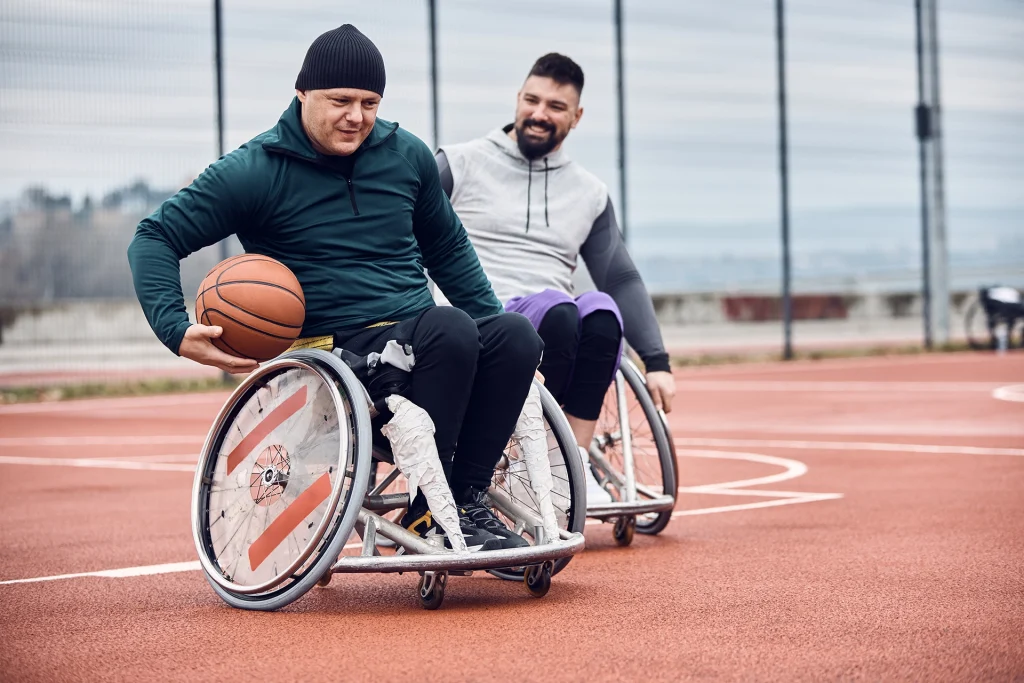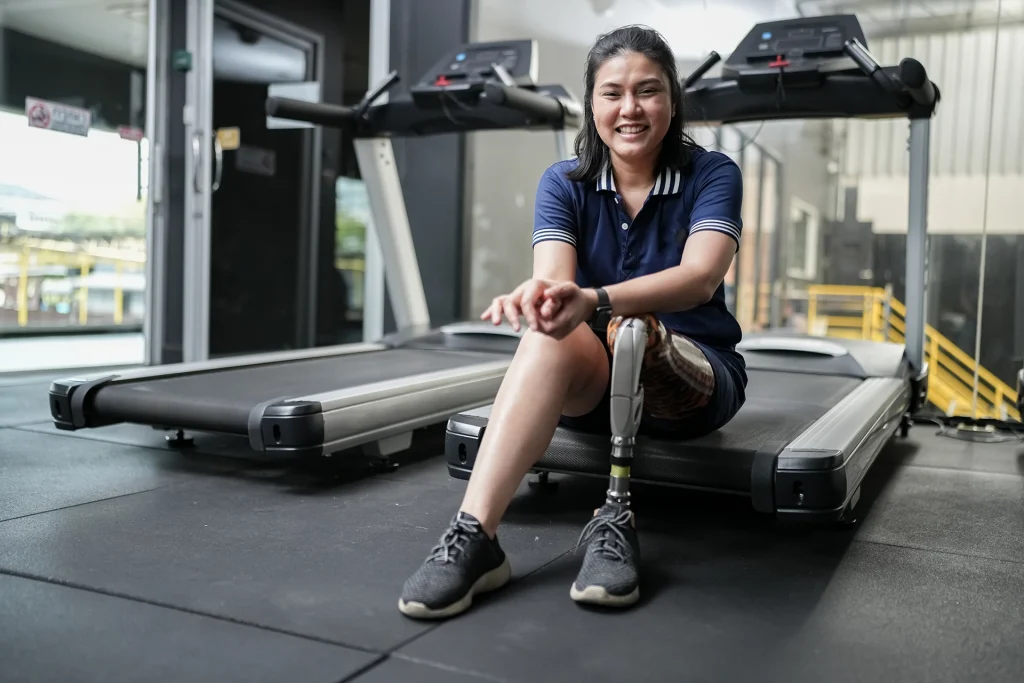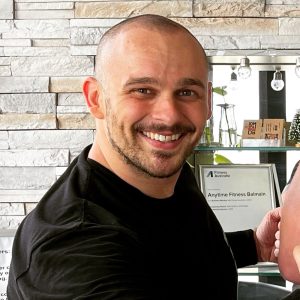diversity & inclusion

Understanding The NDIS: A Simple Idea Driving A Complex Scheme
We’ve all heard of the National Disability Insurance Scheme (NDIS), but not all of us know what it is exactly – nor what it means for us as fitness professionals. Tommy Trout from WeFlex, explains.
First up, here is a very brief history lesson.
Prior to the NDIS people with disability were supported by a ‘block funding’ system. Meaning, the government would provide ‘X’ amount of funding to an organisation to deliver ‘Y’ type of programs and support people who meet the ‘Z’ criteria of age, disability type and home address.
If you didn’t need support ‘Y’ – too bad.
If you weren’t a ‘Z’ type of person – too bad.
In a previous life, when I worked in this system I was having to deny families that lived a block out of the approved region. It wasn’t fair, it wasn’t equal and when the 2011 productivity commission reviewed the system it found that it wasn’t helping.
Enter the NDIS; which turned the whole system on its head. In a nutshell, the scheme provides funding to a participant (person with disability) instead of an organisation, and the participant chooses what supports they want. So now, instead of taking what they can get, they now have consumer power to hire and fire services and curate their desired support network.

That was then, this is now.
A participant on the scheme has a ‘plan’ which has their funding and the ways in which the funding can be used – which is determined by their assessment and the goals they want to achieve. Meaning, if participant A has a plan to get a job and make friends, then their plan will have funding allocated to supports that help them get a job or social activities. There are three ways in which a plan can be managed.
Self-managed: means they or a carer (parent) manage the plan, the funding and make the decisions on the services.
Plan-managed: means that a non-government professional manages their supports for them. They help the participant/family find the right services and take care of all the paperwork.
Agency-managed: is where the National Disability Insurance Agency (NDIA) manages it for them.
Plans typically go for a year or two years and are then reviewed. Each plan is broken down into three different categories of funding: Core, Capital and Capacity-building. Within these three categories there are support items, much like food items on a menu.
Core: think of this as daily living support; like help with cooking, cleaning, getting places and engaging in recreational activities, etc.
Capital: this is more like one-off investments like handrails in the bathroom or pieces of equipment.
Capacity-building: supports that are more specific in their objective, like therapy, employment support, etc.
Honestly, that’s about the extent you need to understand the NDIS, unless you’re looking to make it your sole business. But here’s the most important part.

People can use their NDIS funding to access Personal Training.
However.
It was about three days after starting WeFlex – a company that provides Personal Training services to people with a disability on the NDIS – that it was explained to me that NOBODY has Personal Training in their NDIS plan!
I was not off to a great start.
However, after a lot of time working with NDIS professionals, I realised participants don’t NEED Personal Training in their NDIS plan to access these services.
We curently have over 100 clients, and I can count on one hand the number of our clients using that line item! The Personal Training price guide is a single line item standing on its own, in its own little category along with exercise physiology. This makes it seem likes it a specific function with a specific outcome for specific goals – but the truth is, the benefits of Personal Training are so varied that it does contribute to all types of goals and people.
So, how does it work?
Below are the funding categories we can and successfully use to bill for Personal Training.
NDIS Funding Categories
| Support Category Number | Support Category | Support Category Name | Example of Support by WeFlex Trainer |
|---|---|---|---|
| 4 | Core Supports | Assistance with Social, Economic and Community Participation | A WeFlex trainer facilitates a fitness activity in the community to allow participants to socially engage |
| 9 | Capacity Building | Increased Social and Community Participation | A WeFlex trainer engages a participant in regular physical activity, including walking, to increase a participant's fitness levels and confidence so that they can walk to shops independently |
| 12 | Capacity Building | Improved Health and Well-being | A WeFlex trainer provides personal training to a participant to improve their health and wellbeing. |
| 15 | Capacity Building | Improved Daily Living Skills | A WeFlex trainer works as an allied health assistant to provide personal training under the recommendation of the participants allied health therapist and therapy plan, to improve daily living goals. |
I wish this was simpler, but we’re talking about a $30B+ National government scheme supporting over half a million people with a wide spectrum of needs and disabilities. But, once you get started the rewards of working on the scheme and its participants are immense and utterly worth it.
If you’re looking to access the clients and opportunity without the paperwork headache – reach out to us here at WeFlex. We eat this bureaucracy for breakfast!
Together, WeFlex!


Tommy Trout
In addition to being a FITREC DNA Ambassador, Tommy is the founder of WeFlex, which was created to support the fitness industry, so that more businesses and fitness professionals can work with clients with a disability. WeFlex achieves this through training, referrals and managing the NDIS requirements on your behalf. Doing so ensures that your job remains to simply show up, work out and have fun!